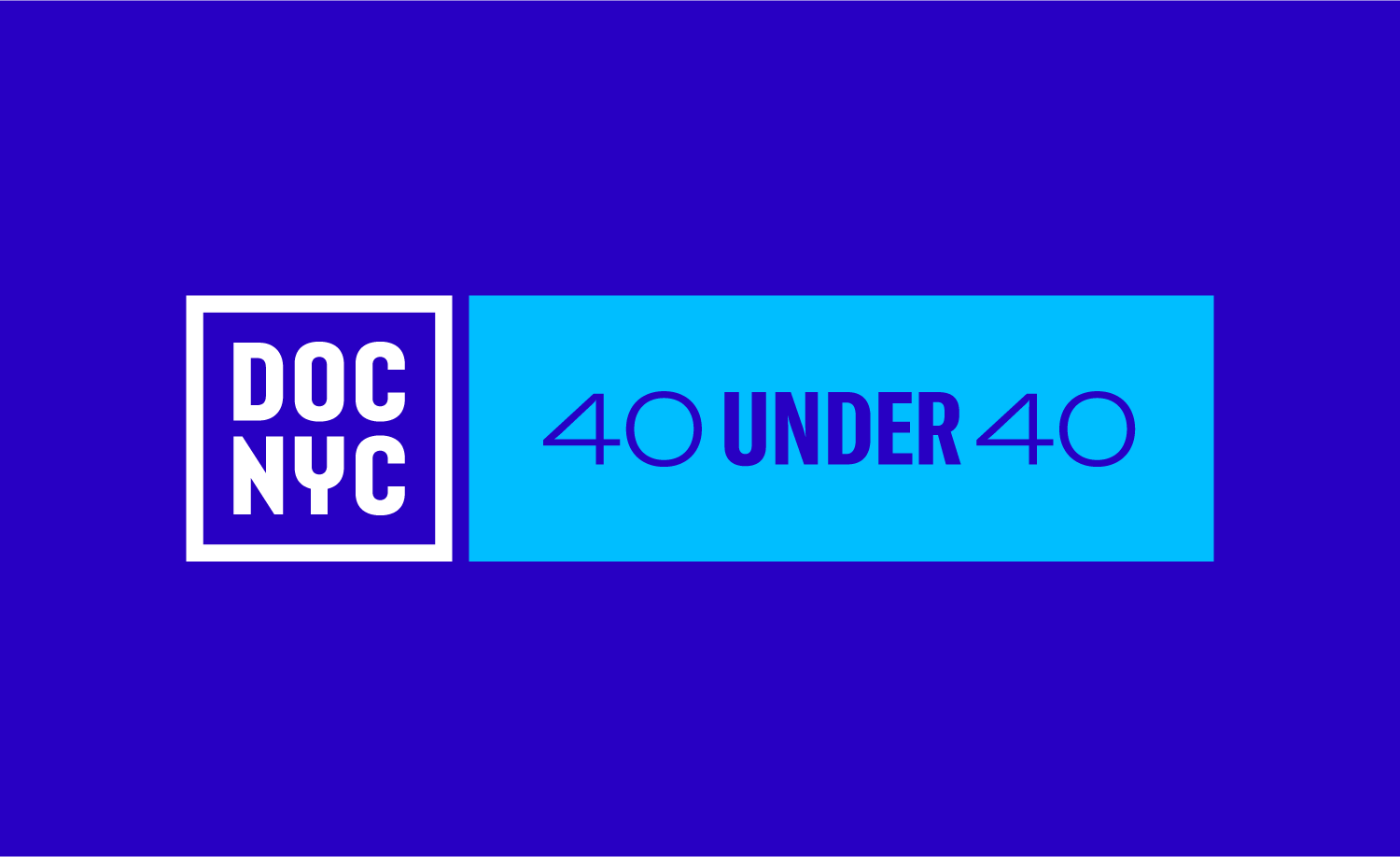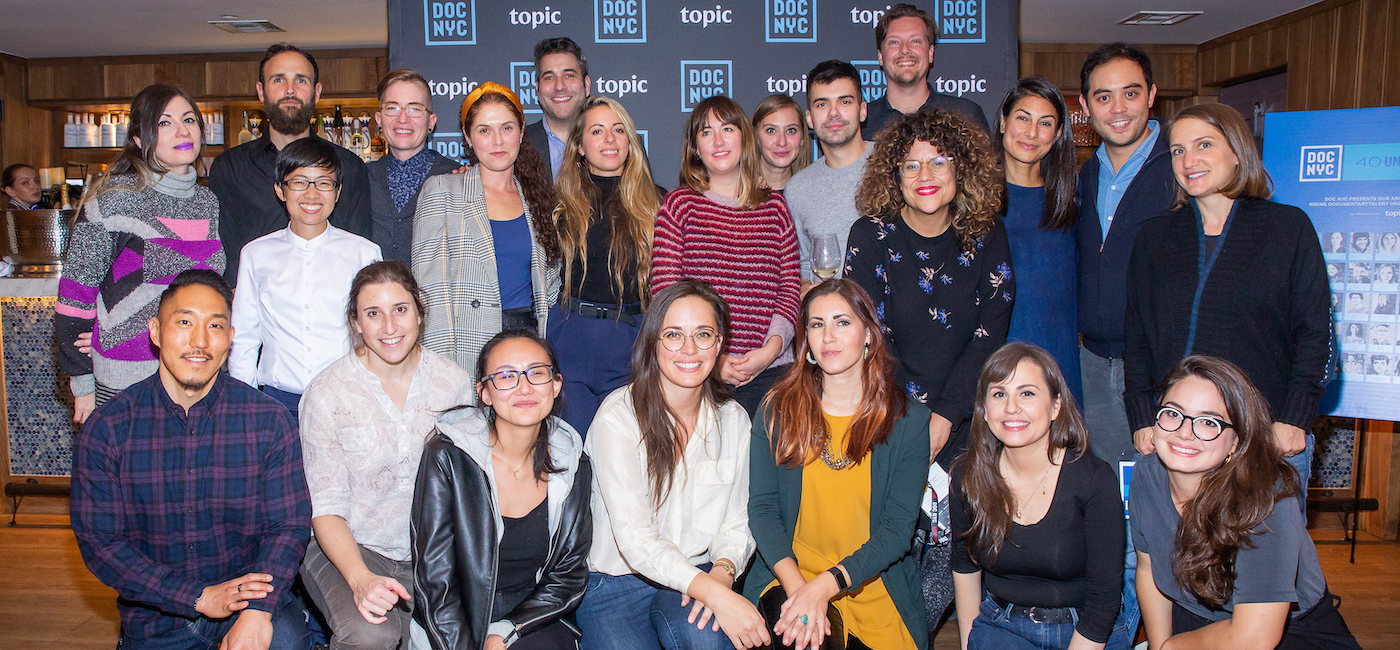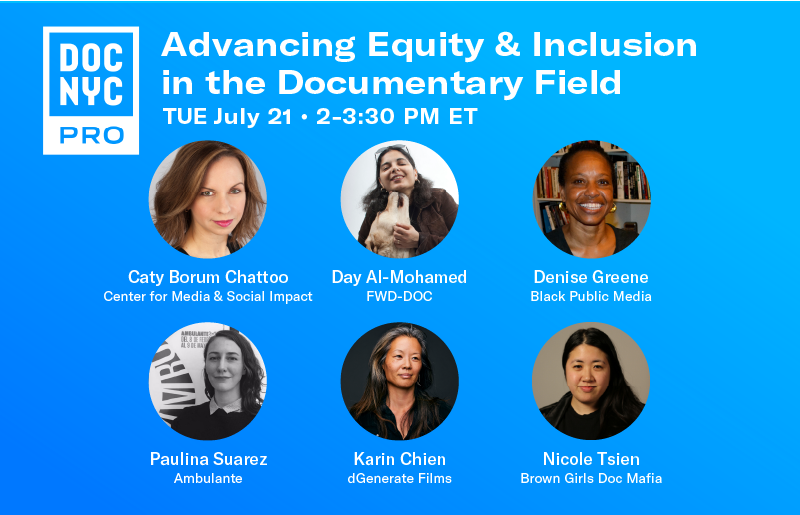Chance Encounters: Richard Leacock and the Making of Louisiana Story

by Jeff Halpin
Robert Flaherty first met Richard Leacock in the Canary Islands, where his son and Leacock were enrolled at Dartington. After a screening of Leacock’s first film Canary Island Bananas at the school, Flaherty told Leacock “someday, you’ll be working for me.” According to his daughter, he accepted the high praise, then muttered under his breath, “I’ll believe it when I see it.”
Years later, Flaherty had been contracted to create Louisiana Story when he ran into Leacock at the Chelsea Hotel. Flaherty, recalling the young Leacock’s work, hired him on the spot at 50 dollars a day. Shooting for the film began in 1946 and completed in 1948, with 250 thousand feet of film expended, a 32 to 1 ratio of shot to edited film. This was considered “profligate use” of film stock at the time, and Victoria Leacock recalled how, despite her father’s admiration for Flaherty, he was continually shocked by his methods of re-shooting, at the time a very unconventional approach to film making. Richard Leacock felt that the 14 months he spent shooting in the bayou of Louisiana was a very different experience than “real life film making” — on a sound stage, with professional actors in a studio environment. As it turned out, the experience profoundly changed the course of the young cameraman’s career and the course of modern documentary film in the process.
“From establishing a film unit at Dartington when he was just 14, and creating the film department at MIT with Ed Pincus, Ricky’s lifelong quest [was] to make filmmaking as easy as possible,” it was said at the post-screening discussion on Thursday. “Over the course of his career [he] made great strides towards this goal.”
View more of Leacock’s films this week, in DOC NYC’s Tribute to Richard Leacock.
Jeff Halpin is a film maker and writer living in Brooklyn NY, where he is currently working on a series of short films, “Visus Mentis”, for exhibition. You can follow him at @VanMeterDr on twitter.”





